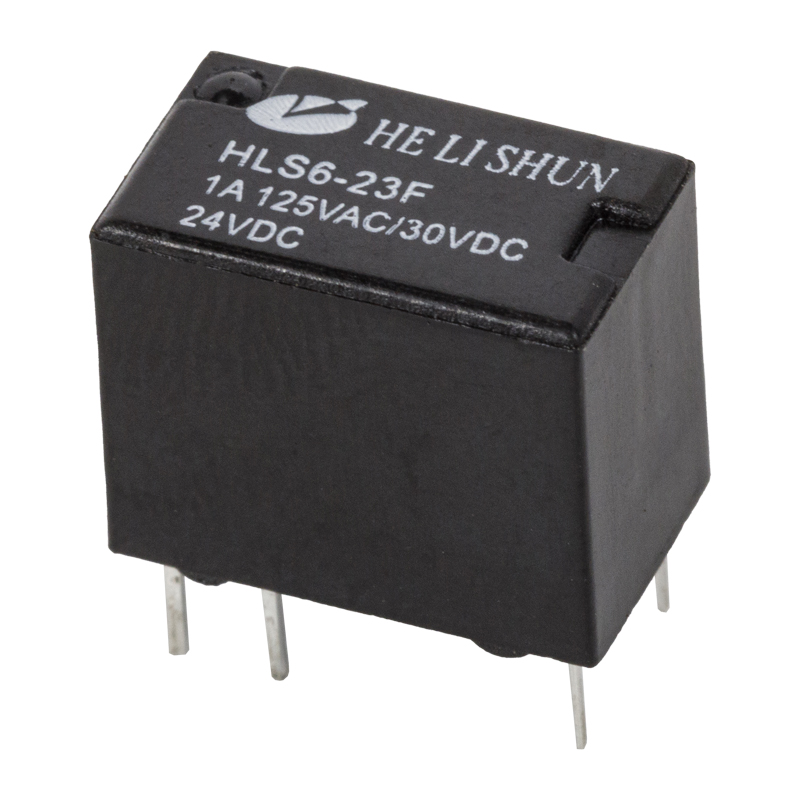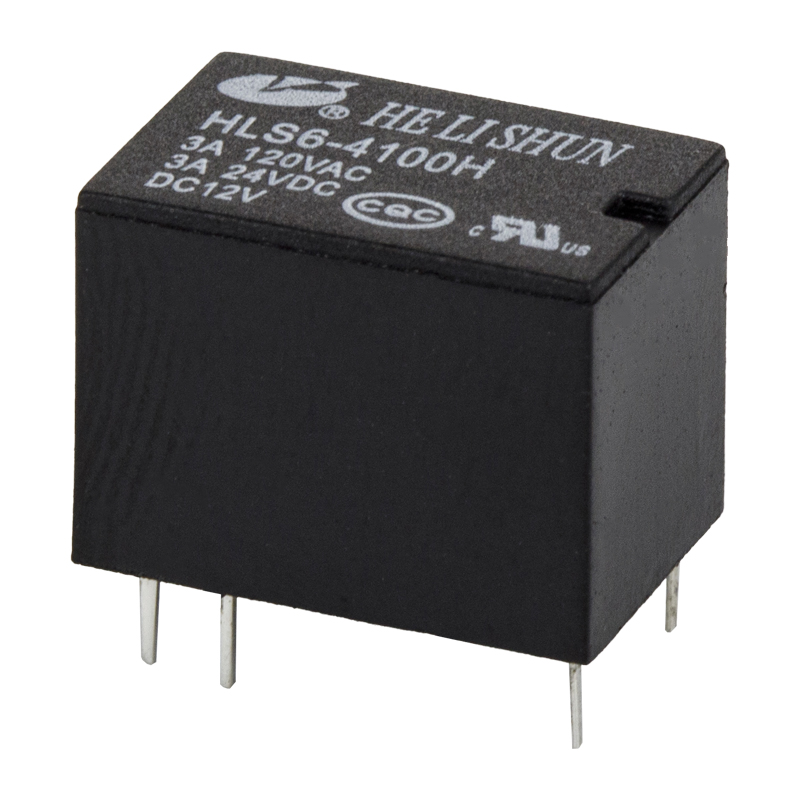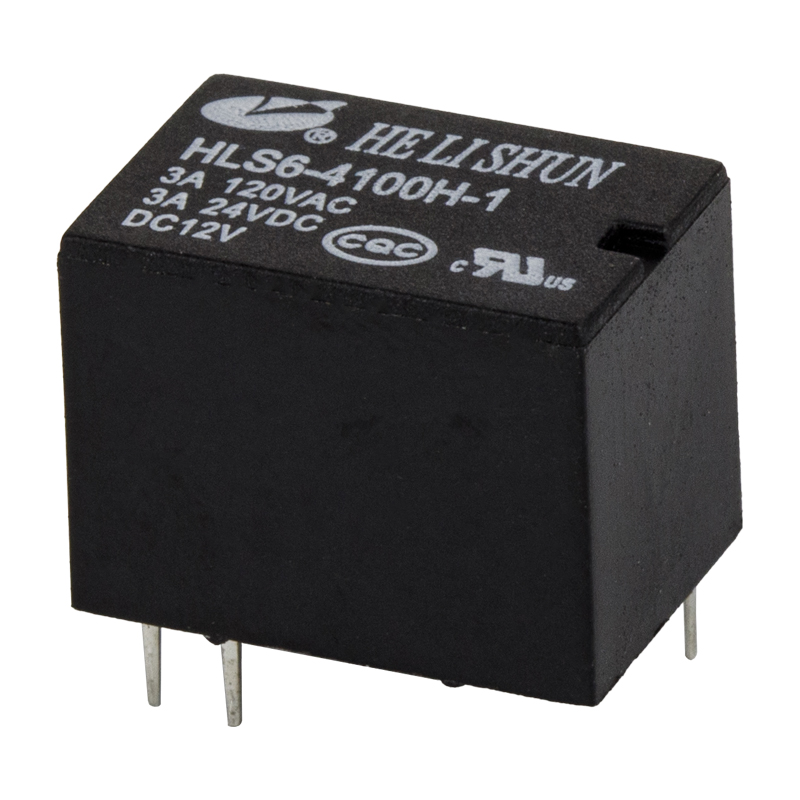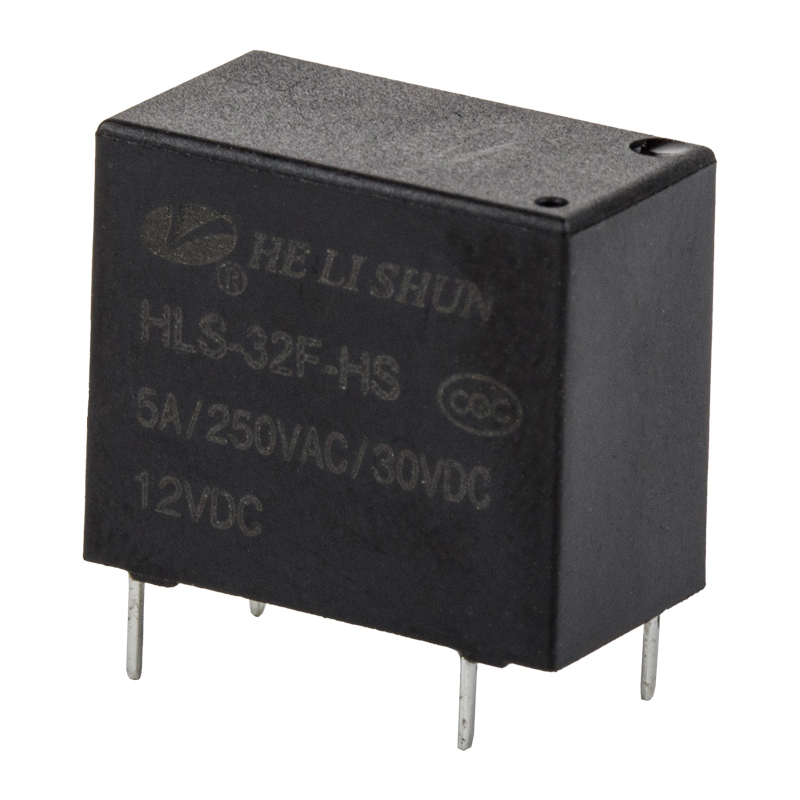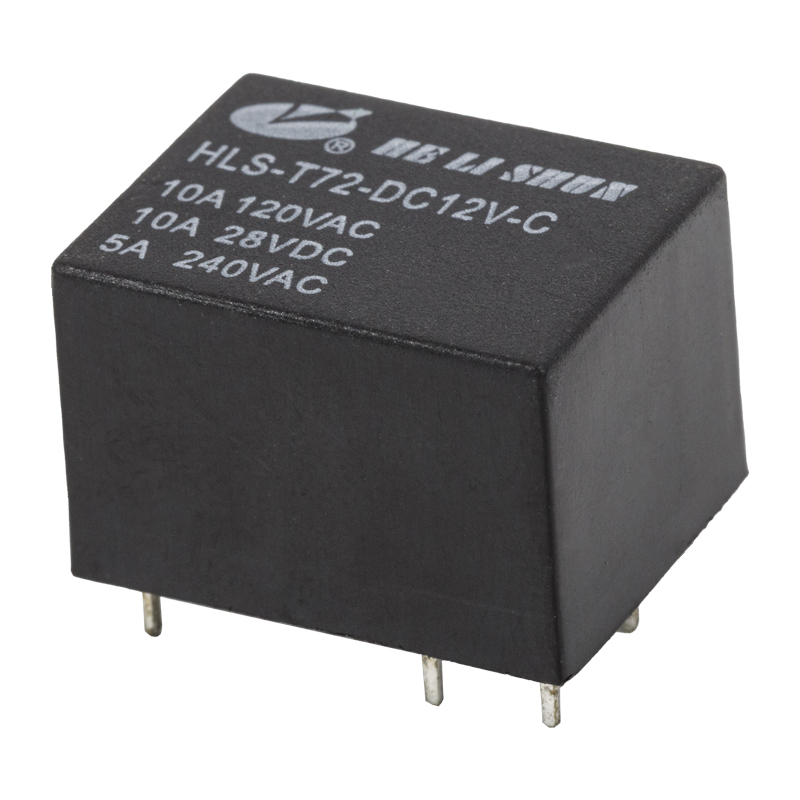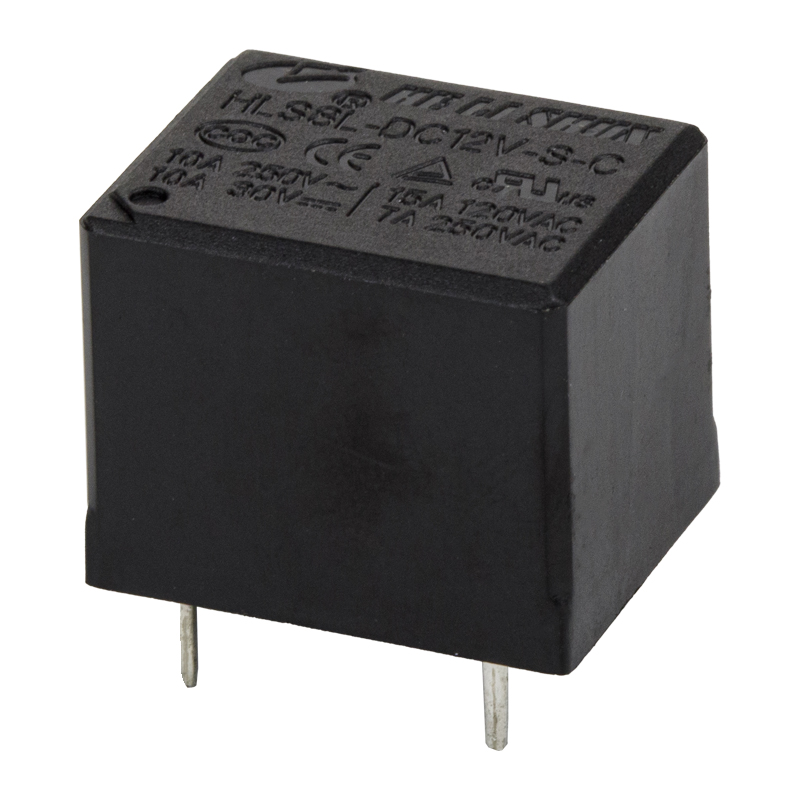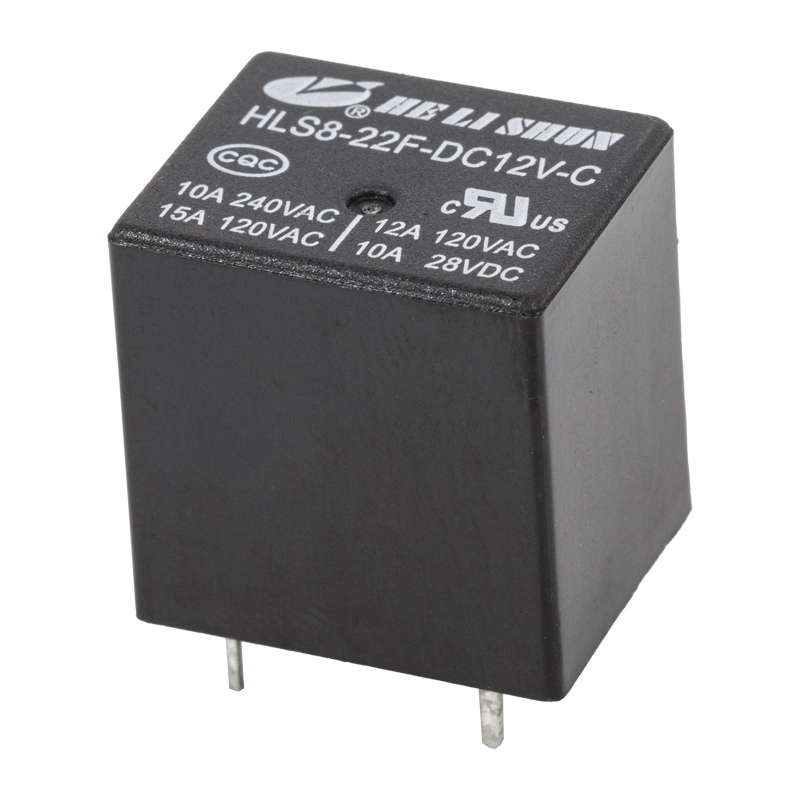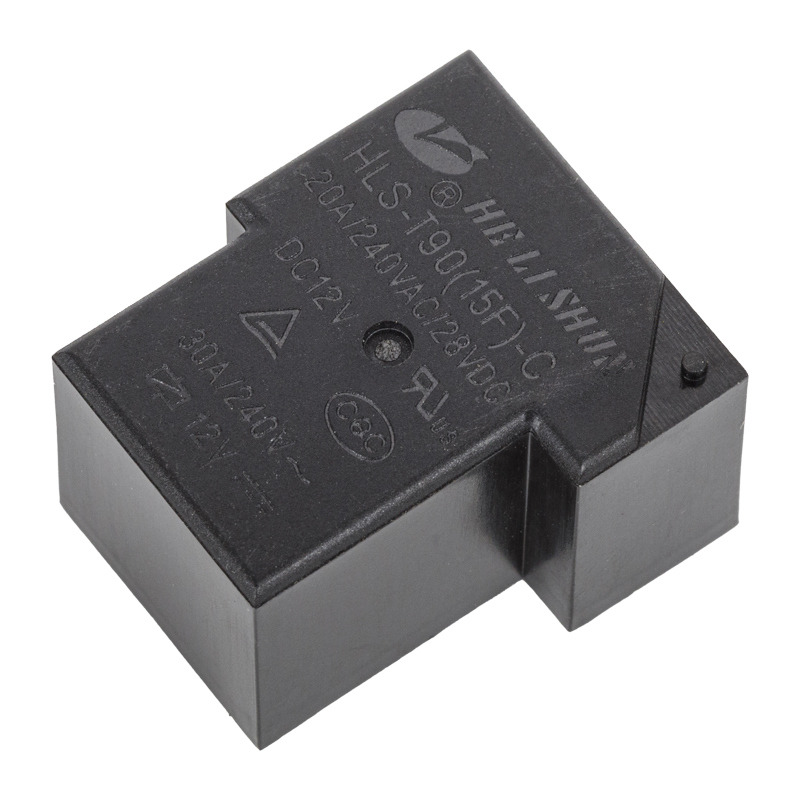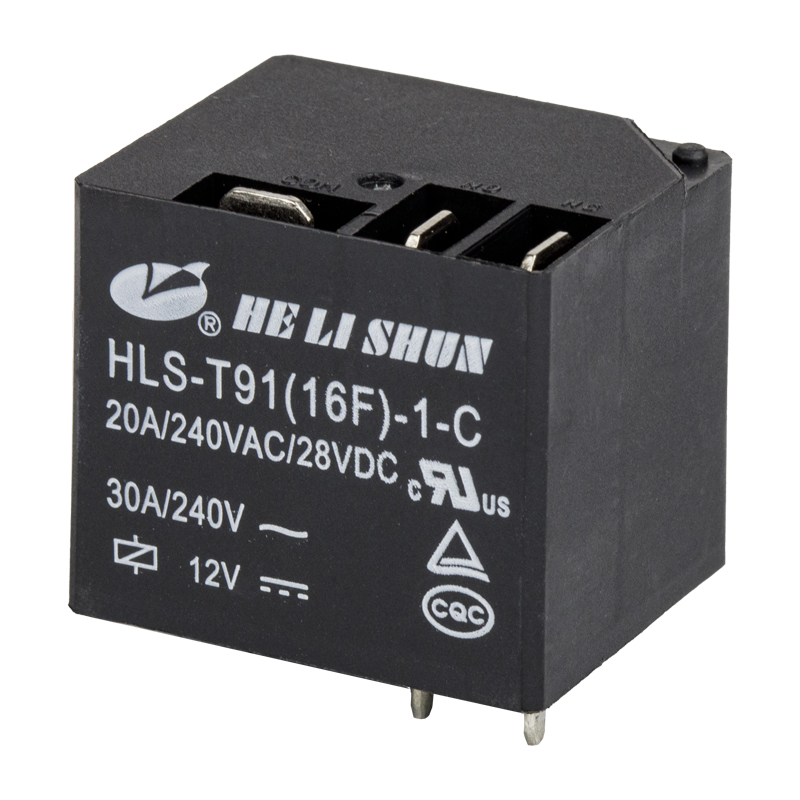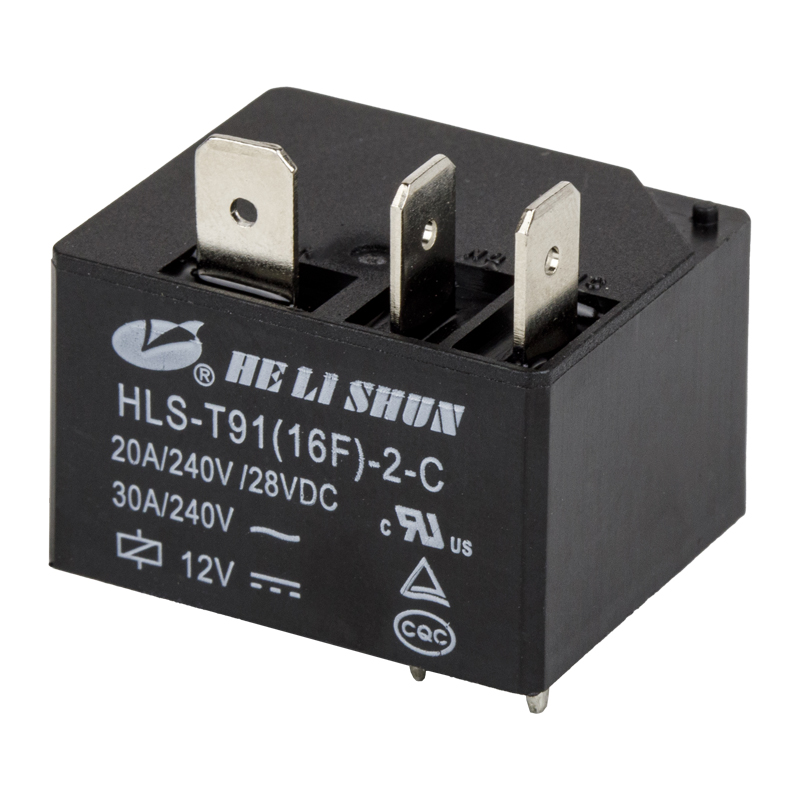Choosing a suitable automotive relay requires comprehensive consideration of multiple factors, including environmental conditions, electrical parameters, contact materials, installation methods, and safety requirements. The following are detailed selection steps and precautions:
Determine the voltage level: First, select the appropriate relay voltage level according to the voltage requirements of the vehicle's electrical system. Common automotive relay voltages are 12V or 24V. Make sure that the voltage level of the relay matches the vehicle system.
Determine the current level: The current level of the relay should be higher than the maximum current demand in the vehicle circuit to ensure that the relay will not be damaged by overload.
Choose the relay type: Choose the appropriate relay type according to the specific application requirements. For example, electromagnetic relays are suitable for controlling circuits such as lighting and audio; transistor relays are suitable for electronic control systems, with small size and fast response.
Consider environmental conditions: The working environment of automotive relays may involve factors such as high temperature, low temperature, humidity, sand and dust, chemical pollution, vibration and impact. When choosing, make sure that the relay can work normally under these conditions.
Check the contact material: The choice of contact material is crucial to the performance of the relay. Commonly used contact materials include silver tin oxide, copper, etc., and different materials are suitable for different load types.
Evaluate time parameters: The time parameters of the relay include actuation time, release time, bounce time, etc. These parameters are particularly important in certain applications, such as flash frequency control.
Consider the installation method: Select the appropriate relay shape and installation method according to the vehicle's installation space and requirements. Common installation methods include single-pole single throw (SPST) and single-pole double throw (SPDT).
Ensure safety parameters: Select relays with good insulation performance and electromagnetic compatibility. The insulation material should be able to withstand high temperature and humid environment, the insulation withstand voltage level is usually 500VAC, and the insulation resistance is 100MΩ.
Refer to the manufacturer's guide: During the selection process, refer to the technical guidelines and recommendations provided by the manufacturer to ensure that the selected relay meets industry standards and safety requirements.
Through the above steps, you can ensure that the selected automotive relay meets the electrical and mechanical requirements of the vehicle system and ensure the safety and reliability of the vehicle.




 English
English 中文简体
中文简体
